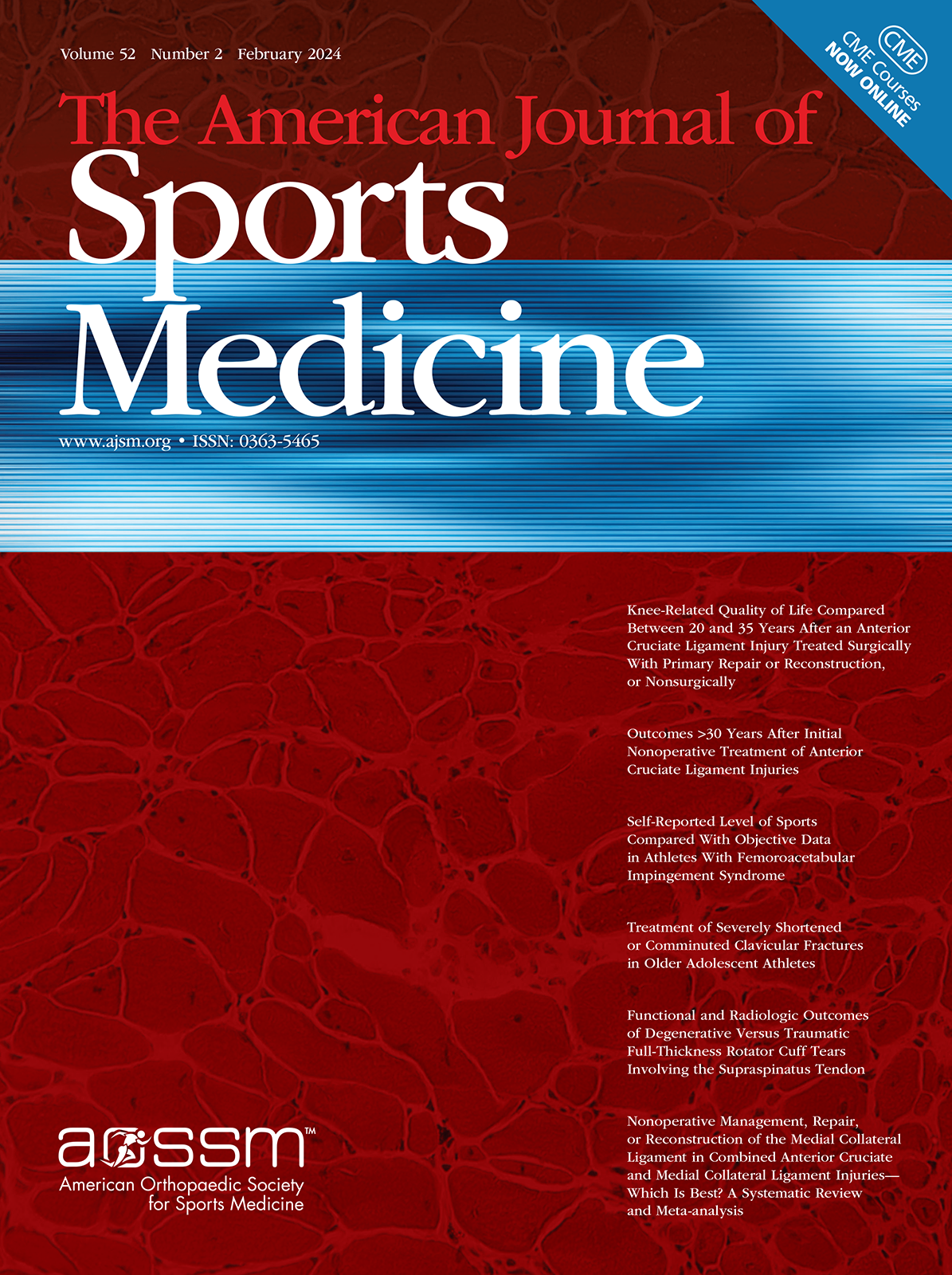
HA injection does not significantly affect T1p and T2 relaxation times in healthy marathon runners

HA injection does not significantly affect T1p and T2 relaxation times in healthy marathon runners
Does Injection of Hyaluronic Acid Protect Against Early Cartilage Injury Seen After Marathon Running? A Randomized Controlled Trial Utilizing High-Field Magnetic Resonance Imaging
Am J Sports Med. 2019 Dec;47(14):3414-3422.Synopsis
15 runners were randomized to receive an intra-articular injection of hyaluronic acid or normal saline 1 week prior to a marathon race for the prevention of early cartilage injury. The primary outcome of interest was cartilage relaxation time, as measured by T1p and T2 values determined with a high-field quantitative MRI. Follow up occurred about 72 hours and 3 months post-marathon. Results reveal...
To view the full content, login to your account,
or start your 30-day FREE Trial today.
FREE TRIAL
LOGIN
Forgot Password?
Explore some of our unlocked ACE Reports below!

Learn about our AI Driven
High Impact Search Feature
Our AI driven High Impact metric calculates the impact an article will have by considering both the publishing journal and the content of the article itself. Built using the latest advances in natural language processing, OE High Impact predicts an article’s future number of citations better than impact factor alone.
Continue



 LOGIN
LOGIN

Join the Conversation
Please Login or Join to leave comments.